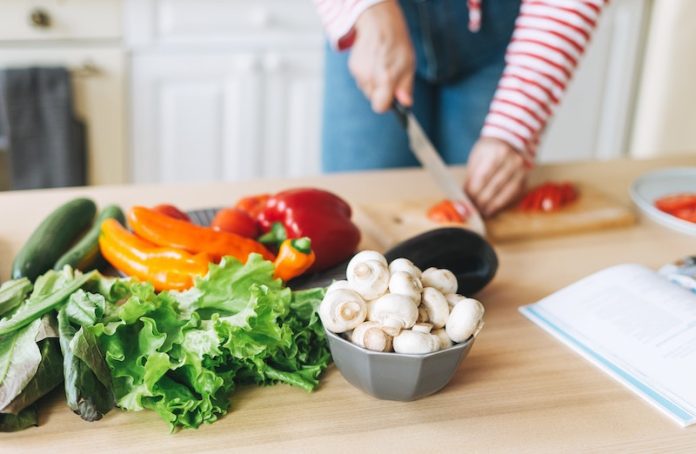
Rising Costs and Nutrition: A Balancing Act
If you’ve been to a grocery store recently, you’ve probably noticed that prices are going up.
But according to Heidi Bates, a registered dietitian at the University of Alberta, there are still ways to keep nutritious food on your table without breaking the bank.
Despite the rising costs, it’s important to keep fruits, vegetables, meats, and dairy in your diet.
These foods are rich in essential nutrients like vitamins, minerals, fiber, and protein, which help reduce the risk of various health conditions like diabetes and heart disease.
“It’s crucial to think about long-term health and not compromise on nutrition,” says Bates.
The Power of Home Cooking
In a world where convenience often reigns supreme, it’s tempting to order pre-made meals delivered to your doorstep. While convenient, it’s also more expensive than cooking at home.
Bates encourages us to “revisit and reinvest in home cooking,” pointing out that it not only saves money but also offers an opportunity for family bonding.
If you’re new to cooking, start simple. Bates recommends the Pure Prairie Eating Plan by U of A professors Rhonda Bell and Catherine Chan or Canada’s Food Guide for easy-to-follow recipes.
“Don’t expect to become Julia Child overnight, but remember you don’t need to be a gourmet chef to eat well,” she adds.
Planning and Portions: Your Budget’s Best Friends
Before hitting the store, have an idea of what you’ll be eating for the week. Shopping without a plan often leads to unnecessary purchases and food waste.
“Upwards of 63% of food we throw away could have been eaten if we had planned differently,” warns Bates.
Being mindful of portion sizes can also stretch your dollar. Bates explains that a serving of meat for one person is about the size of a woman’s palm.
Consider this when buying: a single steak can often yield two or three portions, and larger cuts of meat like roasts can be turned into multiple meals like soups or casseroles.
Smart Choices: Bulk, Fresh, or Frozen?
When it comes to bulk buying, be careful. It might seem like a good deal, but can you really eat that big bag of bananas before they spoil?
If you find yourself with more perishable items than you can consume, consider freezing them for later use.
For pantry staples like pasta, rice, and lentils, however, buying in bulk can be a great way to save. These items have a long shelf life and can be the base for numerous meals.
When buying fruits and vegetables, go for a mix of fresh and frozen. Local produce is often cheaper due to lower transportation costs.
On the flip side, frozen exotic fruits like berries are often more cost-effective and can be used gradually to avoid waste.
Money-Saving Tip: Shop Together
If you live alone or with just one other person, consider shopping with a friend or relative to split the cost of bulk or pricey items.
“It’s a topic more people are open to discussing than you might think,” says Bates. “After all, we’re all in the same boat.”
Final Thoughts
In times of rising grocery costs, keeping a nutritious diet might seem challenging, but it’s not impossible. With a little planning and a return to the basics of cooking, you can still eat well without stretching your wallet too thin.
Follow us on Twitter for more articles about this topic.
Copyright © 2023 Scientific Diet. All rights reserved.





